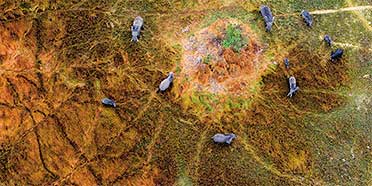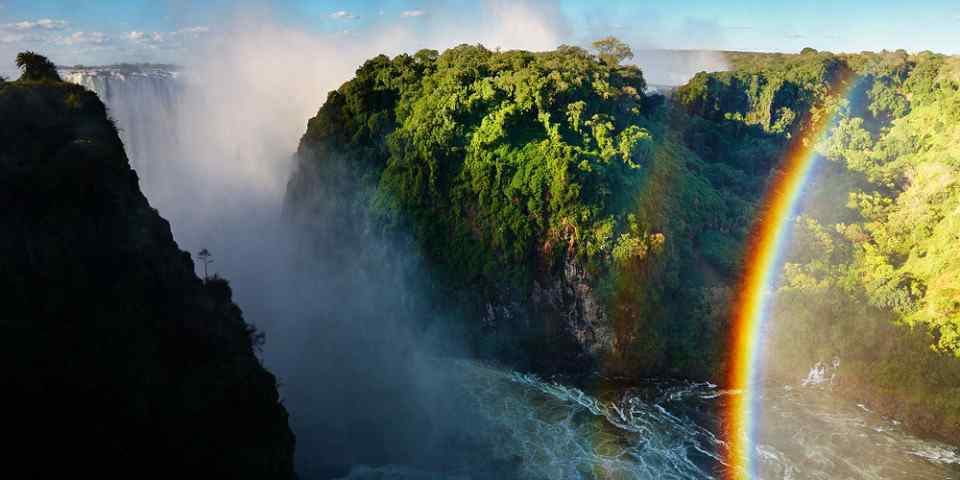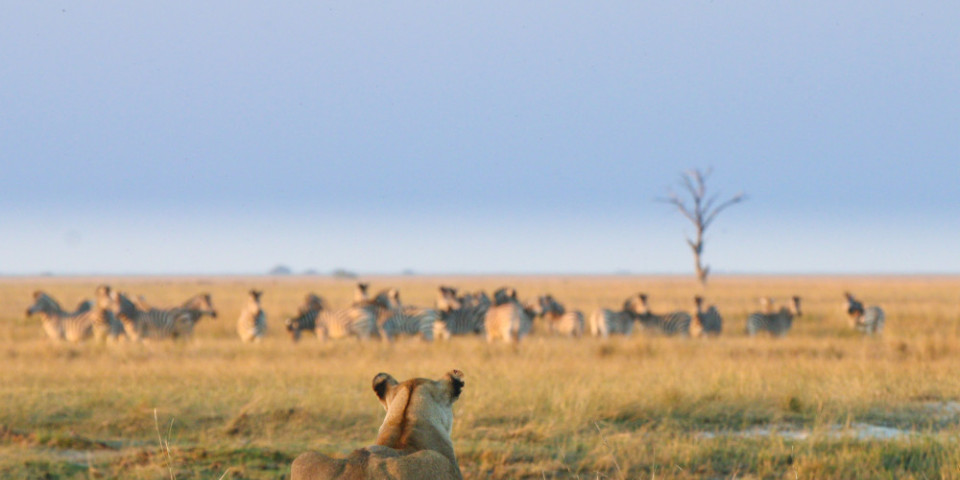
Safari Tours to Moremi GR
-
![9-Day Botswana Luxury Tour]()
9-Day Botswana Luxury Tour
$11,099 to $12,899 pp (USD)
Botswana: Private tourLuxury+Tented Camp
You Visit: Maun (Start), Moremi GR (Okavango Delta), Okavango Delta, Central Kalahari GR, Maun Airport (End)

Wayfairer Travel
4.8/5 – 185 Reviews
-
![10-Day Okavango Circumnavigation - Okavango Expeditions]()
10-Day Okavango Circumnavigation - Okavango Expeditions
$4,730 pp (USD)
Botswana & Zimbabwe: Shared tour (max 7 people per vehicle)
Mid-range CampingYou Visit: Maun (Start), Moremi GR (Okavango Delta), Maun (End)

Early Kingfisher Safari
5.0/5 – 33 Reviews
-

9-Day Adventurous Family Botswana Safari
$8,619 to $11,589 pp (USD)
Botswana: Private tourLuxury+Lodge & Tented Camp
You Visit: Kasane (Start), Chobe NP, Moremi GR (Okavango Delta), Okavango Delta, Maun Airport (End)

Off2Africa Travel
5.0/5 – 146 Reviews

 Botswana Parks
Botswana Parks

















